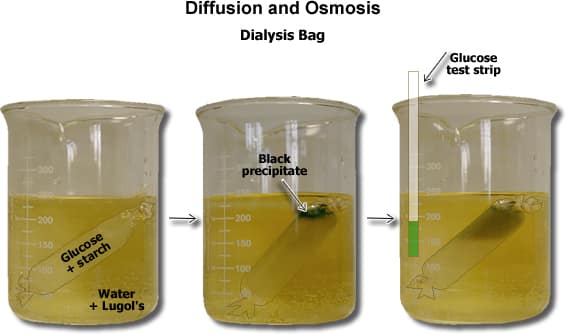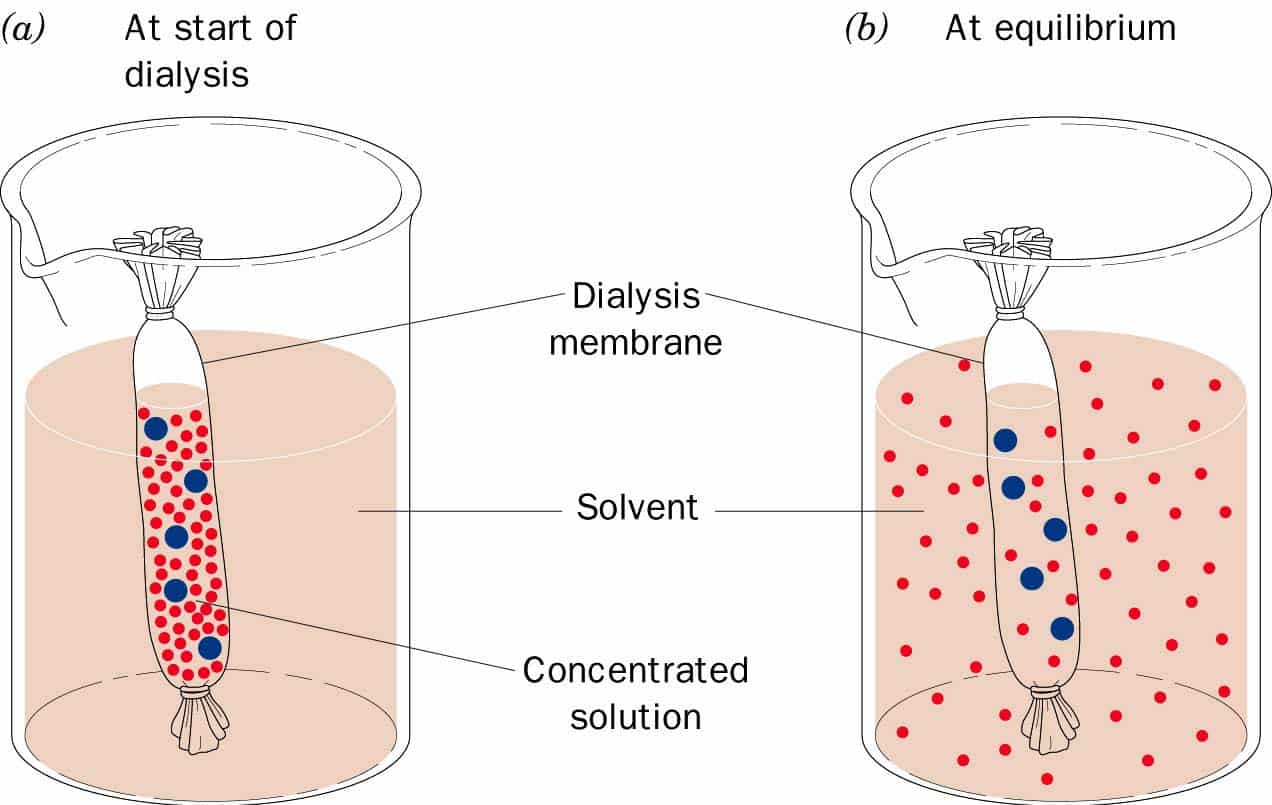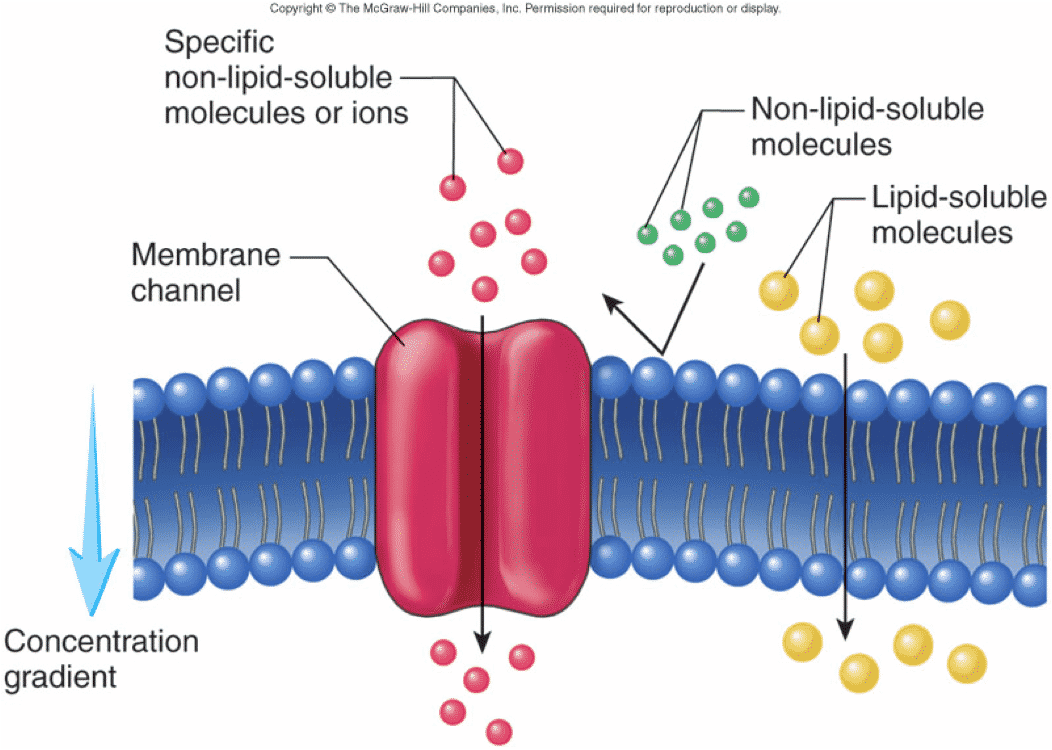Can Starch Pass Through Dialysis Tubing
Sucrose would be too large to pass through the dialysis tubing so. Starch does not pass through the synthetic selectively permeable membrane because.

Selective Permeability Of Dialysis Tubing Lab Explained Schoolworkhelper
Glucose starch and iodine potassium iodide will readily pass through the membrane of the dialysis tubing.

. Starch does not pass through the synthetic selectively permeable membrane because starch molecules are too large to fit through the pores of the dialysis tubing. The dialysis tubing is selectively permeable because substances such as water glucose and iodine were able to pass through the tubing but the starch molecule was too large. The dialysis tubing is selectively permeable because substances such as water glucose and iodine were able to pass through the tubing but the starch molecule was too large.
Starch does not pass through the synthetic selectively permeable membrane because starch molecules are too large to fit through the pores of the dialysis tubing. Starch does not pass through the synthetic selectively permeable membrane because starch molecules are too large to fit through the pores of the dialysis tubing. Why does starch not pass through dialysis tubing.
Iodine molecules are small enough to pass freely through the membrane. The solution in the bag and the beaker will both turn blue. Insert the funnel tip into the open end of the dialysis bag and pour the 15 mL of 15 glucose1 starch solution from the medicine cup into the tubing.
The dialysis tubing is selectively permeable because substances such as water glucose and iodine were able to pass through the tubing. Starch does not pass through the synthetic selectively permeable membrane because starch molecules are too large to fit through the pores of the dialysis tubing. The Dialysis tubing provides a semi-permeable membrane.
What substances can pass through dialysis tubing. Iodine molecules are small enough to pass freely through the membrane. Only allowing smaller molecules to pass through it.
Starch does not pass through the synthetic selectively permeable membrane because starch molecules are too large to fit through the pores of the dialysis tubing. The Dialysis tubing provides a semi-permeable membrane. Starch does not pass through the synthetic selectively permeable membrane because starch molecules are too large to fit through the pores of the dialysis tubing.
Only allowing smaller molecules to pass through it. The starch was impermeable because it would have reacted with the iodine in the water outside the dialysis tubing if it was. Starch does not pass through the synthetic selectively permeable membrane because starch molecules are too large to fit through the pores of the dialysis tubing.
Starch does not pass through the synthetic selectively permeable membrane because starch molecules are too large to fit through the pores of the dialysis tubing. Why does starch not pass through dialysis tubing. Sucrose is a disaccharide and therefore much larger than the glucose a monosaccharide that was used in the experiment.
Squeeze all the air. Thus iodine diffused into the tube with the starch.

Investigation Observing Diffusion Semi Permeable Membranes Osmosis Activity Diffusion Activity Diffuser

Diffusion Of Water Glucose And Starch Through A Dialysis Bag Youtube

Selective Permeability Of Dialysis Tubing Lab Explained Schoolworkhelper

Dialysis Tubing Experiment Youtube

1 What Does The Tubing Represent 2 What Is Inside The Tubing Cell Membrane Starch Glucose Ppt Download

Selective Permeability Of Dialysis Tubing Lab Explained Schoolworkhelper
Comments
Post a Comment